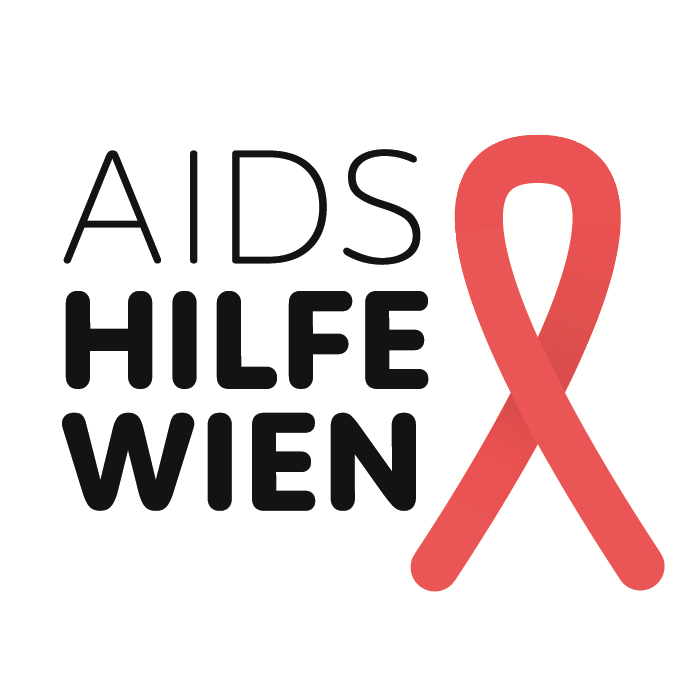- When can I take an HIV self-test?
The HIV self-test belongs to the rapid tests and is a pure antibody test with which an HIV infection can be reliably excluded at the earliest 12 weeks (3 months) after a risk.
- How safe is the self-test?
No HIV self-test is 100% reliable. False positive results an HIV-negative sample that is falsely classified as positive are possible. Incorrect storage or exceeding the expiry date can cause false test results.
- How does an HIV self-test work?
The different HIV self-tests vary somewhat in their application. Each test kit has detailed step-by-step instructions in the instruction leaflet.
- How does an HIV self-test work?
The different HIV self-tests vary somewhat in their application. Each test kit has detailed step-by-step instructions in the instruction leaflet.
Autotest VIH
For the autotest VIH, first pour the buffer solution (located with the test tube) into the stand. Disinfect the finger with an alcohol swab and prick the fingertip with the lancet. The drop of blood is collected with the test tube. Put the test directly into the stand - it must click 3 times. Set the timer to 15 minutes and wait briefly until the mixture of blood & buffer solution rises and the test strip starts to turn pink. After the 15 minutes you can read the test result for 20 minutes.
- How does an Exacto self-test work?
The different HIV self-tests vary somewhat in their application. Each test kit has detailed step-by-step instructions in the instruction leaflet.
Exacto
For the autotest Exacto, first pour the buffer solution (located with the test tube) into the stand. Disinfect the finger with an alcohol swab and prick the fingertip with the lancet. The drop of blood is collected with the test tube. Put the test directly into the stand - it must click 3 times. Set the timer to 15 minutes and wait briefly until the mixture of blood & buffer solution rises and the test strip starts to turn pink. After the 15 minutes you can read the test result for 20 minutes.
- How does an Insti self-test work?
The different HIV self-tests vary somewhat in their application. Each test kit has detailed step-by-step instructions in the instruction leaflet.
Insti
For the insti, first open the red vial with the number 1. Then disinfect the finger with an alcohol swab and prick the fingertip with the lancet. Drop a large drop of blood into the 1st vial, close and shake well. Pour the liquid into the test field and wait until it has been absorbed. Then add the liquids from the 2nd and 3rd vials, but always wait until the liquid has been completely absorbed. After 5 minutes, you can read the result for 20 minutes.
- How does an HIV self-test work?
The different HIV self-tests vary somewhat in their application. Each test kit has detailed step-by-step instructions in the instruction leaflet.
OraQuick
With the OraQuick, first open the tube with the buffer solution (located in the 2nd bag in the test kit) and place it in the stand. Press the mouth spatula firmly against the gum and stroke it once each along the top and bottom of the gum. Then place the spatula directly into the stand until it touches the bottom. Set the timer to 20 minutes and wait briefly until the test strip starts to change colour. After the 20 minutes, you can read the test result for 20 minutes.
- Where can I buy an HIV self-test?
HIV self-tests are diagnostic in vitro tests with CE marking and are therefore only available in pharmacies. A doctor's prescription is not necessary.
An HIV self-test costs around € 30 and is not covered by the ÖGK.
If the local pharmacy does not have an HIV self-test in stock, it can be ordered. It is therefore advisable to call the pharmacy in advance.
- What to do in case of a reactive result?
Wenn auf dem Selbsttest zwei Linien - eine Kontrolllinie und eine Testlinie – erscheinen, ist das Ergebnis reaktiv. Die Testlinie kann unterschiedlich stark ausgeprägt sein.
Since self-tests can also give false positive results, this is not sufficient to assess whether an HIV infection is present. The Austrian AIDS Support Services therefore recommend having an HIV antigen/antibody test done in any case.
Only if this test is confirmed positive, one has to be prepared for an HIV infectionWith a reactive self-test result, one can contact the counselling service of Aids Hilfe in the respective federal state.
- Can I trust a negative test result?
If there has been no risk of HIV in the past 3 months and the self-test was performed correctly, the negative result is reliable and HIV infection is ruled out.
Risks within the last 12 weeks are not reliably covered by the HIV self-test, so the self-test should be repeated after the 12-week period or the risk clarified by means of an HIV antigen/antibody test.
- How can I be sure that I have used the test correctly?
During the waiting time until the test result, a coloured line must appear - the "control line". If the control line does not appear, it means that the test was used incorrectly or did not work.
If the test result is unclear, the test should be repeated. Either with another HIV self-test or an HIV antibody/antigen test in the regional Aids Hilfethe patient's doctor, a laboratory or the family doctor.
